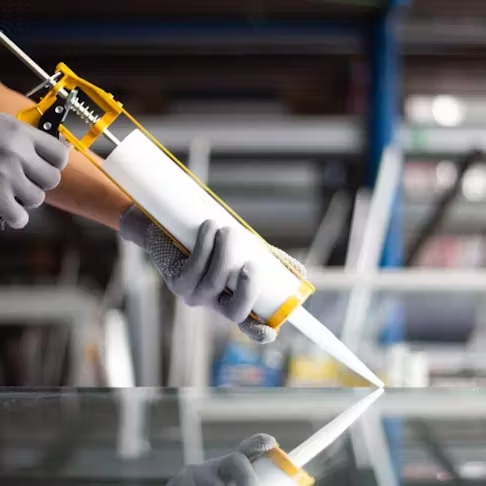From Kitchenware to Collectibles the Difference Between TPE and Silicone
In our daily lives, we come across a wide variety of materials, and among them, TPE (Thermoplastic Elastomer) and silicone are two of the most common. They not only play an important role in industrial manufacturing but are also widely used in kitchenware, medical devices, toys, and electronic accessories.
The greatest advantage of TPE is its high flexibility and recyclability. It combines the elasticity of rubber with the processability of plastic, giving it a soft and smooth touch while maintaining shape stability. Many products that require a gentle feel—such as grips, anti-slip mats, and sports equipment coatings—are often made with TPE. Additionally, TPE can be easily customized in terms of hardness and color to suit different needs.

Silicone, on the other hand, is known for its superior heat resistance and chemical stability. It is less prone to aging and is widely used in kitchen items such as baking molds and heat pads, as well as in medical devices like breathing tubes and catheters. Silicone is also waterproof and easy to clean, making it ideal for products that require frequent washing or long-term use.
The differences between these materials become even more apparent in certain specialized products. For example, in the production of a huge tits sex doll, TPE is often chosen for the chest area to create a softer, more lifelike tactile experience. Silicone, however, excels in durability and fine detailing, allowing for realistic surface textures and accurate skin tones.
Manufacturers decide which material to use based on the intended function of the product. For high-end designs that prioritize intricate appearance and long-lasting durability, silicone is often the preferred choice. For designs that emphasize softness and elasticity, TPE is more advantageous. Some big butt sex doll models, for instance, use TPE to achieve natural shape variations, while incorporating silicone in certain details to balance both touch and visual appeal.
In conclusion, both TPE and silicone have their own strengths, and the key lies in choosing the right material for the right purpose. Understanding these properties not only helps in selecting daily-use items but also assists in making informed choices when it comes to collecting or purchasing specialized products.
